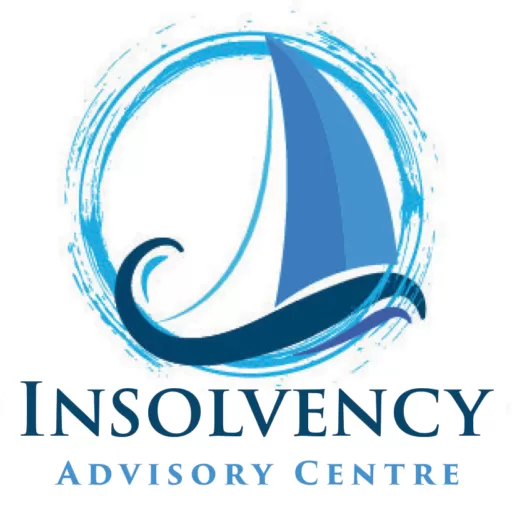Declaring Insolvency in Australia
Here is everything you need to know about insolvency in Australia. Insolvency is when a company or person can’t pay debts when they are due. There are several options available to an insolvent company or person:- An insolvent company’s most common Corporate Insolvency procedures are Liquidation, Voluntary Administration and Receivership.
- The available Personal Insolvency procedures for an insolvent person are Bankruptcy and Personal Insolvency Agreements.
Business Insolvency
As a company director, your primary duty is to the company’s shareholders. However, if your company is insolvent or there is a real risk of insolvency, your responsibilities expand to include creditors, including employees with outstanding entitlements such as salary or superannuation. You also have to prevent your company from trading if it is insolvent. Before you incur new debt, you must consider whether you have reasonable grounds to suspect that the company will become insolvent due to the debt. Understanding these consequences before declaring insolvency is essential, as is determining if it is the right decision for you, the shareholders, your employees, and your creditors under ASIC insolvency regulations.What happens when you declare insolvency?
A trustee is appointed to oversee the sale of assets and the distribution of the proceeds to creditors. The trustee arranges the writing-up of the assets to be included in the estate and sale. In addition, the trustee meets with the creditors. We provide guidance and assistance with this process at the Insolvency Advisory Centre.What are the consequences of insolvency?
For limited companies or limited liability partnerships, the consequences of insolvency will mean that the business will go into liquidation, stop trading, or go into administration and be sold. In some cases, the outcome may be a voluntary administration arrangement.Personal Insolvency
Your options for dealing with an unmanageable debt usually include Bankruptcy or a Debt Agreement with your creditors. To commence declaring personal insolvency. Start by having the following available:- Your identification, driver’s licence, passport, or birth certificate
- Your current address
- A complete list, including the names and addresses of all your creditors. Including both secured and unsecured debt
- The amount of money you owe your creditors
- An Asset and Liabilities statement
Help With Declaring Insolvency in Australia
The Insolvency Advisory Centre can provide you with the necessary tools and skills that will help get your finances back on track using Australian insolvency law. They understand what clients are going through, so they take the time to look over your options and prepare a plan that will work for any situation.Let’s talk today about your Insolvency options.
“If you are in debt and feel hopeless, we can help. We’ve been working with clients for over 30 years. Please email us or call 1300 887 210 for a free consultation. Don’t wait until things get worse before calling because time is valuable when trying to solve your financial problems.”Andrew Bell Insolvency Advisor
Let’s Talk
With over 30 years of experience in debt solutions and insolvency in Australia, Andrew can find a solution for you.
“Nothing is more satisfying to me than knowing that I’ve helped someone get back on their feet by guiding them through the Insolvency Process. Rest assured; you’re in good hands with me as we solve your financial problems together.”


